MITS5002 Assignment: Software Engineering for Data Warehouse Systems
VerifiedAdded on 2022/09/26
|15
|1043
|31
Presentation
AI Summary
This presentation provides a comprehensive overview of software engineering methodologies applied to data warehouse systems. It begins by defining different software development approaches such as Waterfall, Agile, and Spiral methodologies. The core of the presentation focuses on data warehouse systems, detailing their role in business intelligence, components like databases, ETL tools, metadata, query tools, and data marts, and the three-tier architecture. It further explores the attributes of an efficient data warehouse, including integration, time-variance, and non-volatility, while also discussing the issues encountered in data warehouse projects, like uncertain requirements and rigid development phases. The presentation then highlights the qualities of a robust software development process, such as reliability, robustness, productivity, and timeliness. It introduces emerging methodological principles like incremental processes, user involvement, and component reuse. The presentation concludes with a discussion of the Four Wheel Drive (4WD) design activities, covering architectural sketches, conformity analysis, data mart prioritization, and design, along with the outcomes of applying these principles, such as risk-based iterations, prototyping, and user engagement. The presentation is supported by several references to academic papers, and it is intended for the MITS5002 course on Software Engineering.
1 out of 15
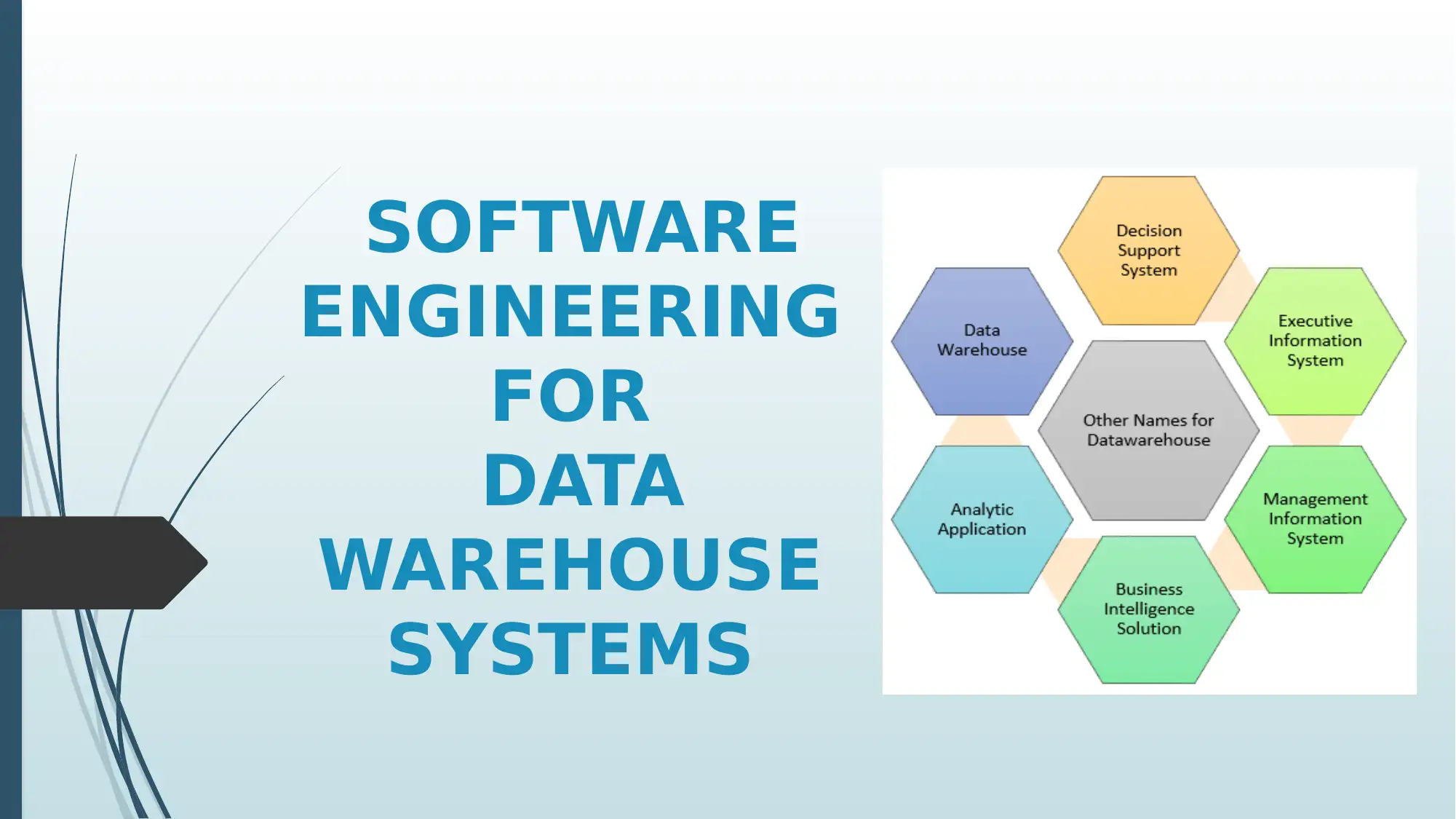
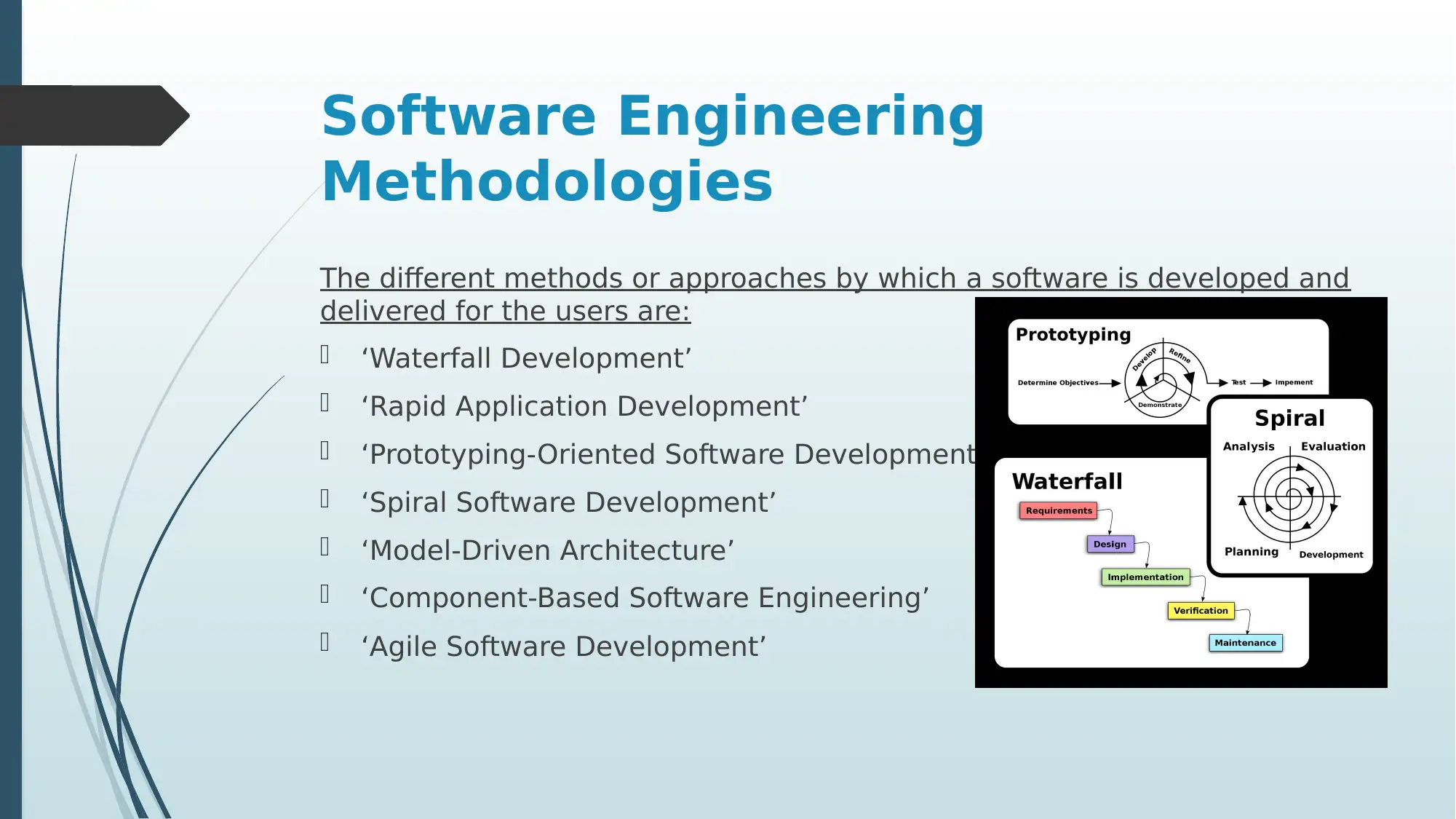
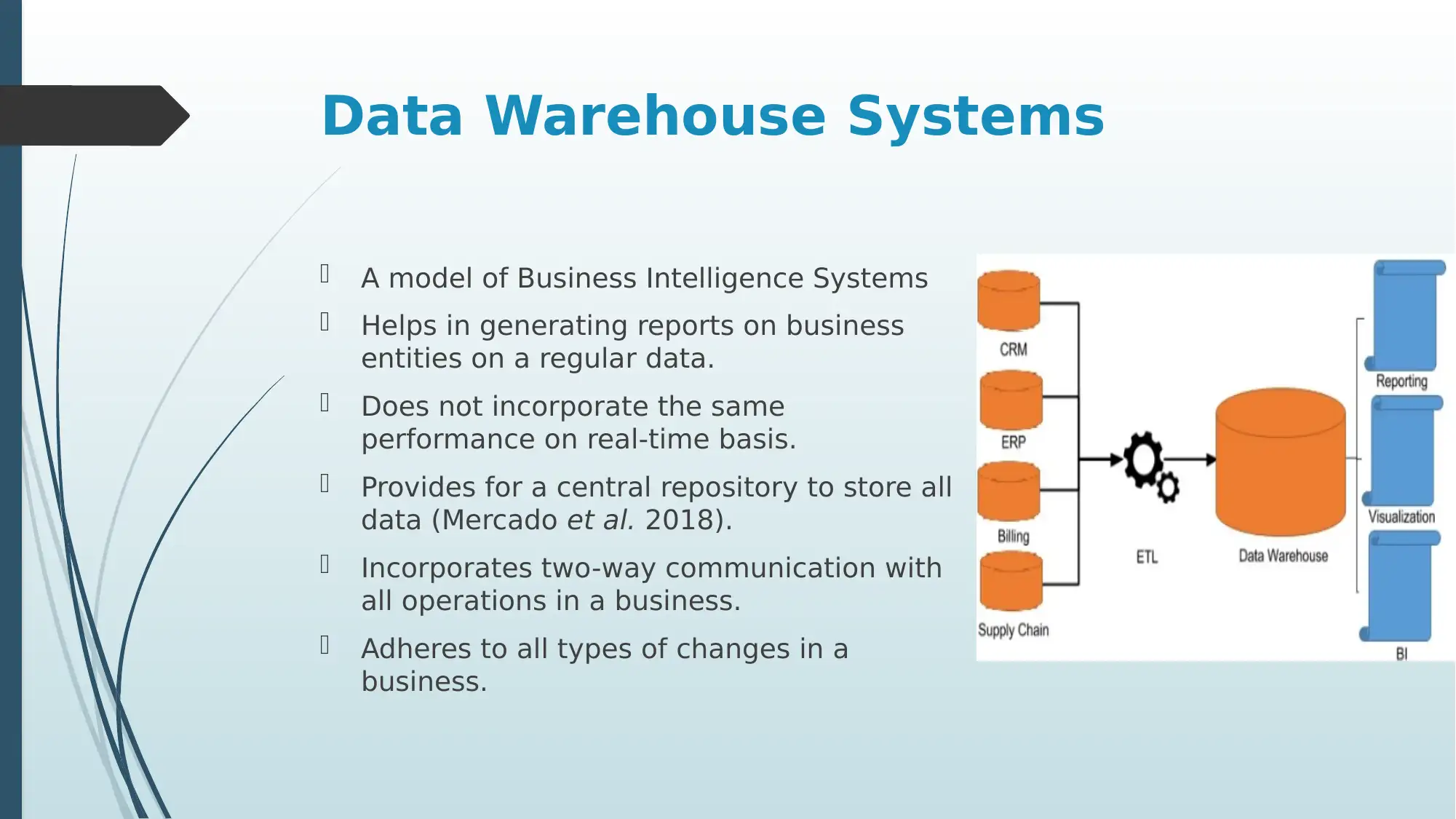

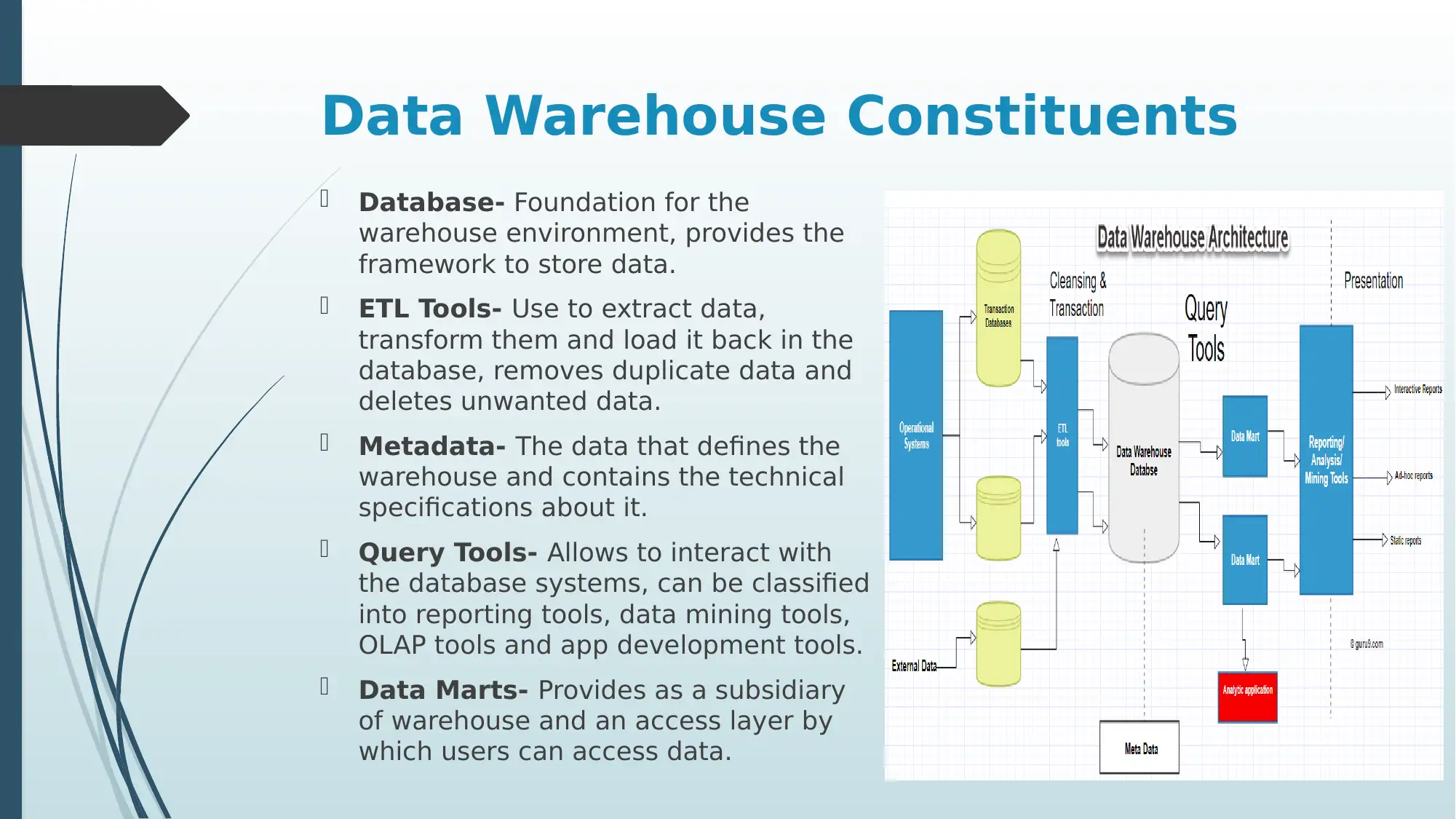
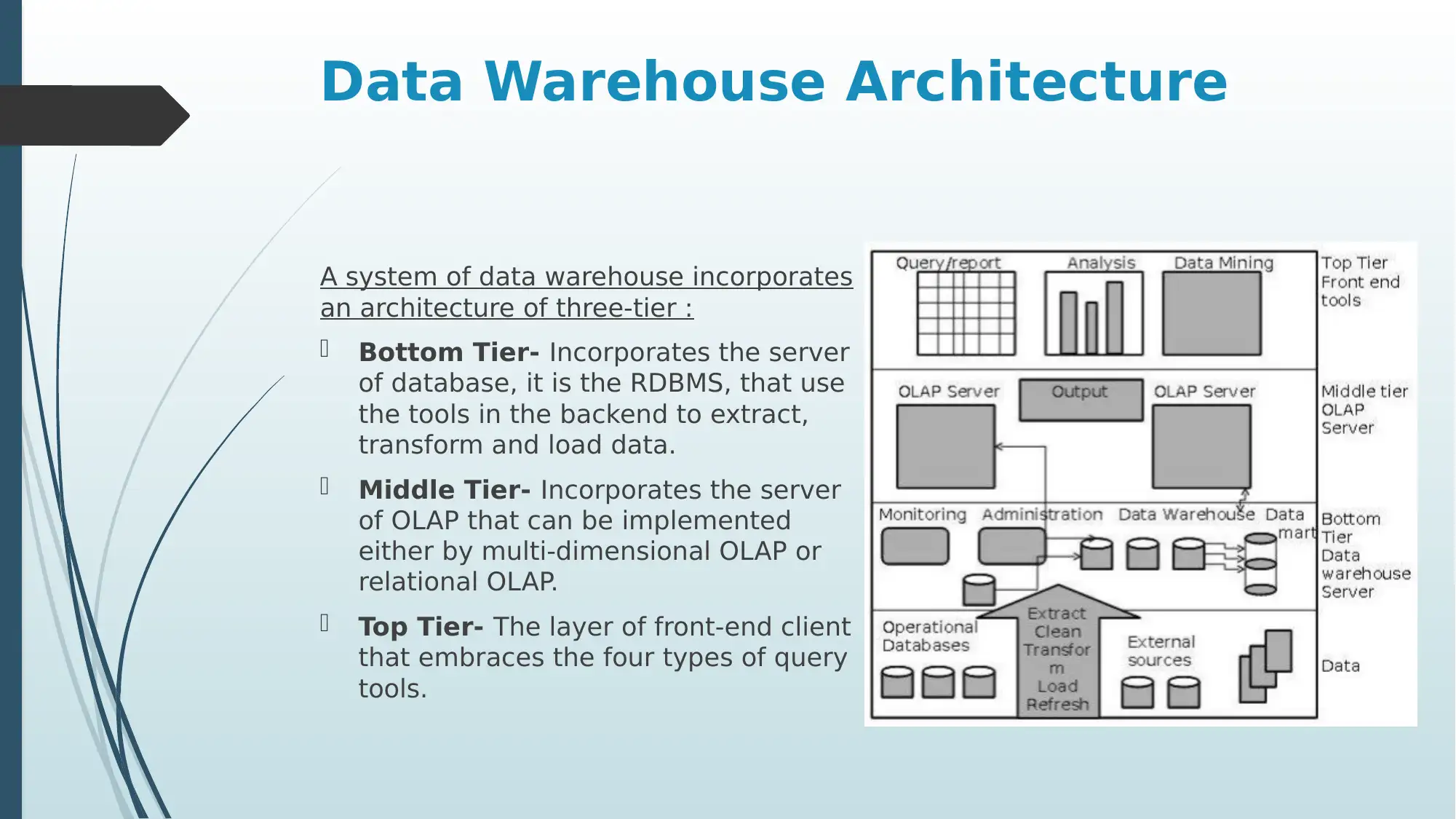
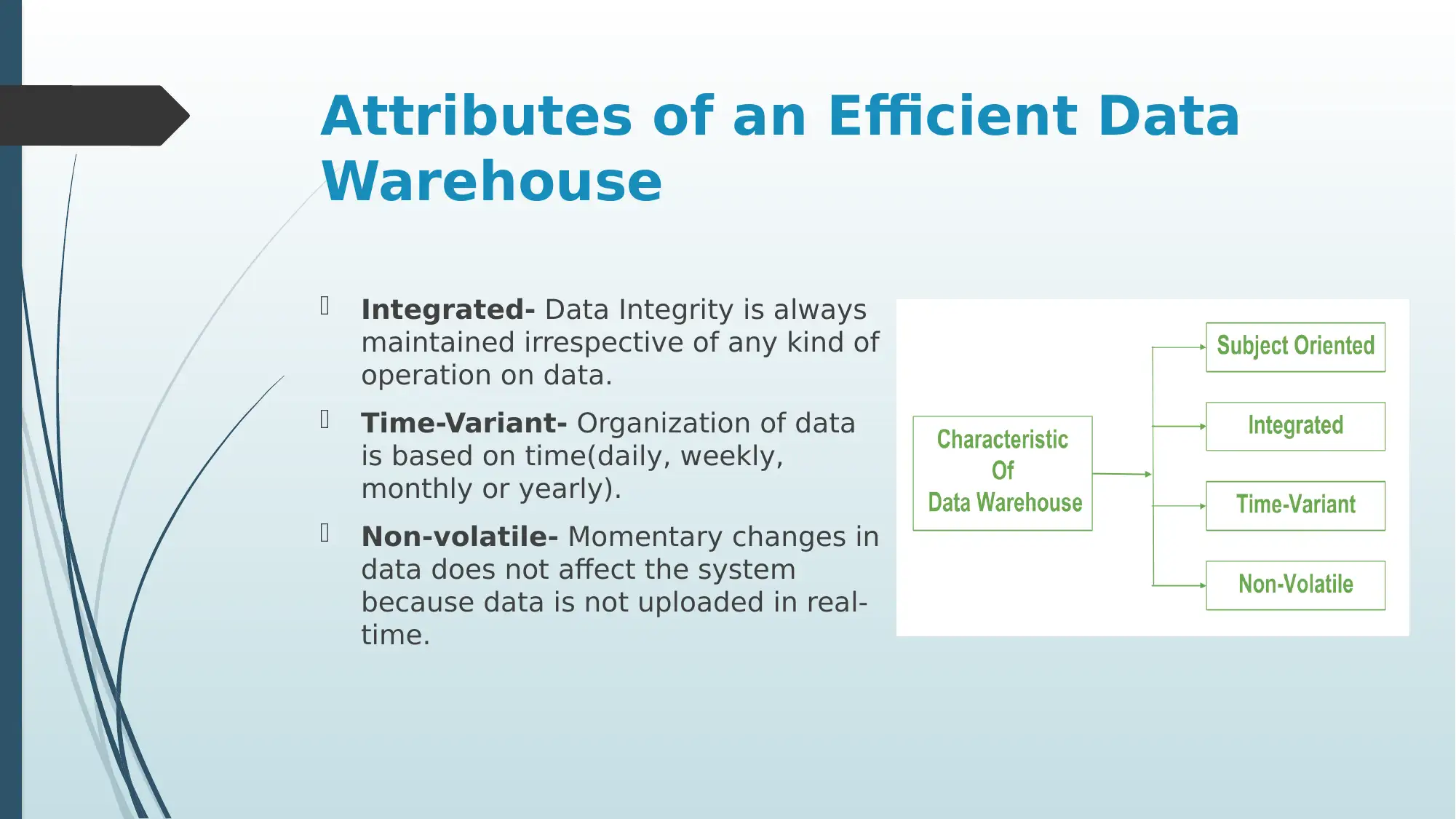
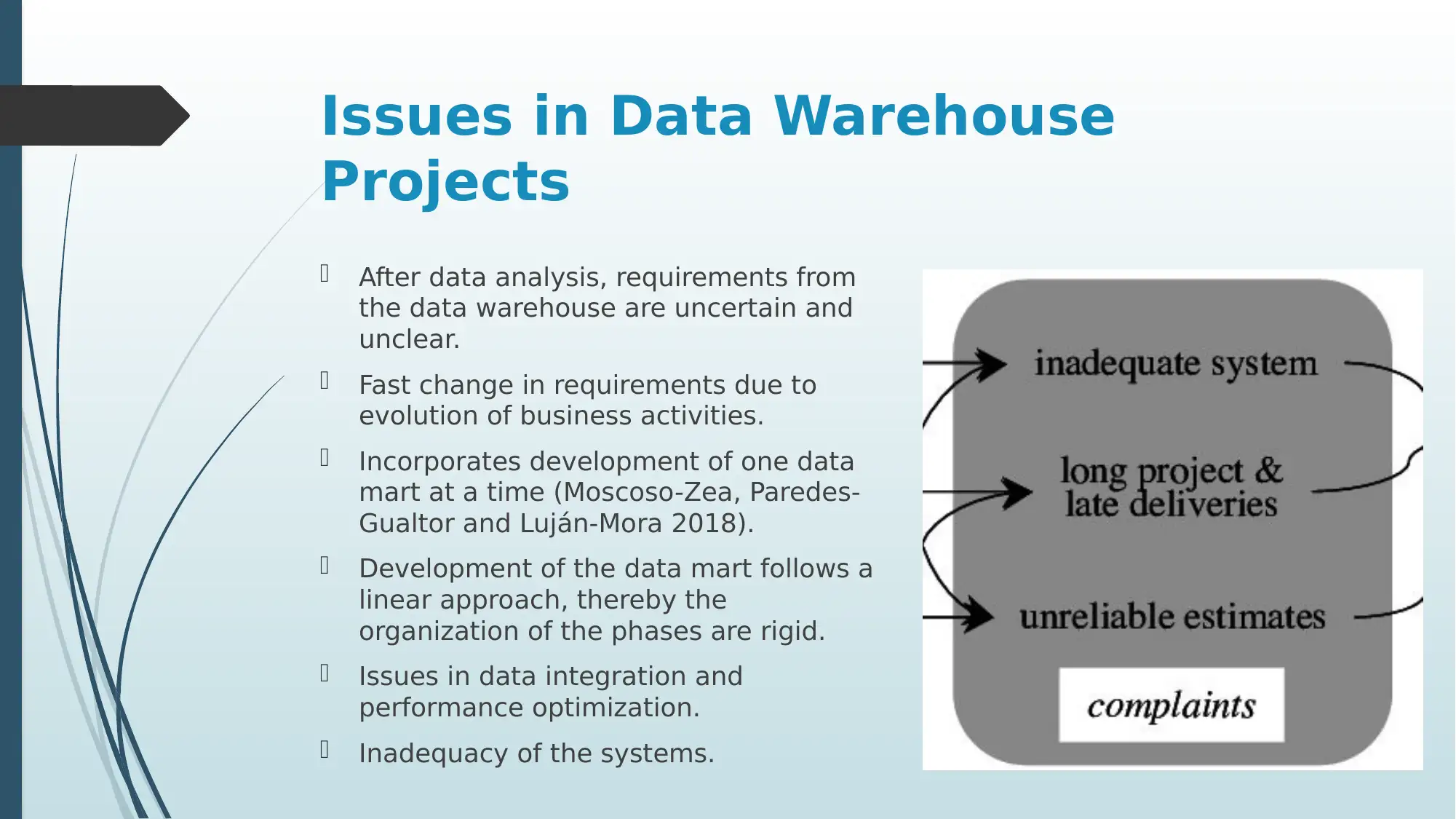
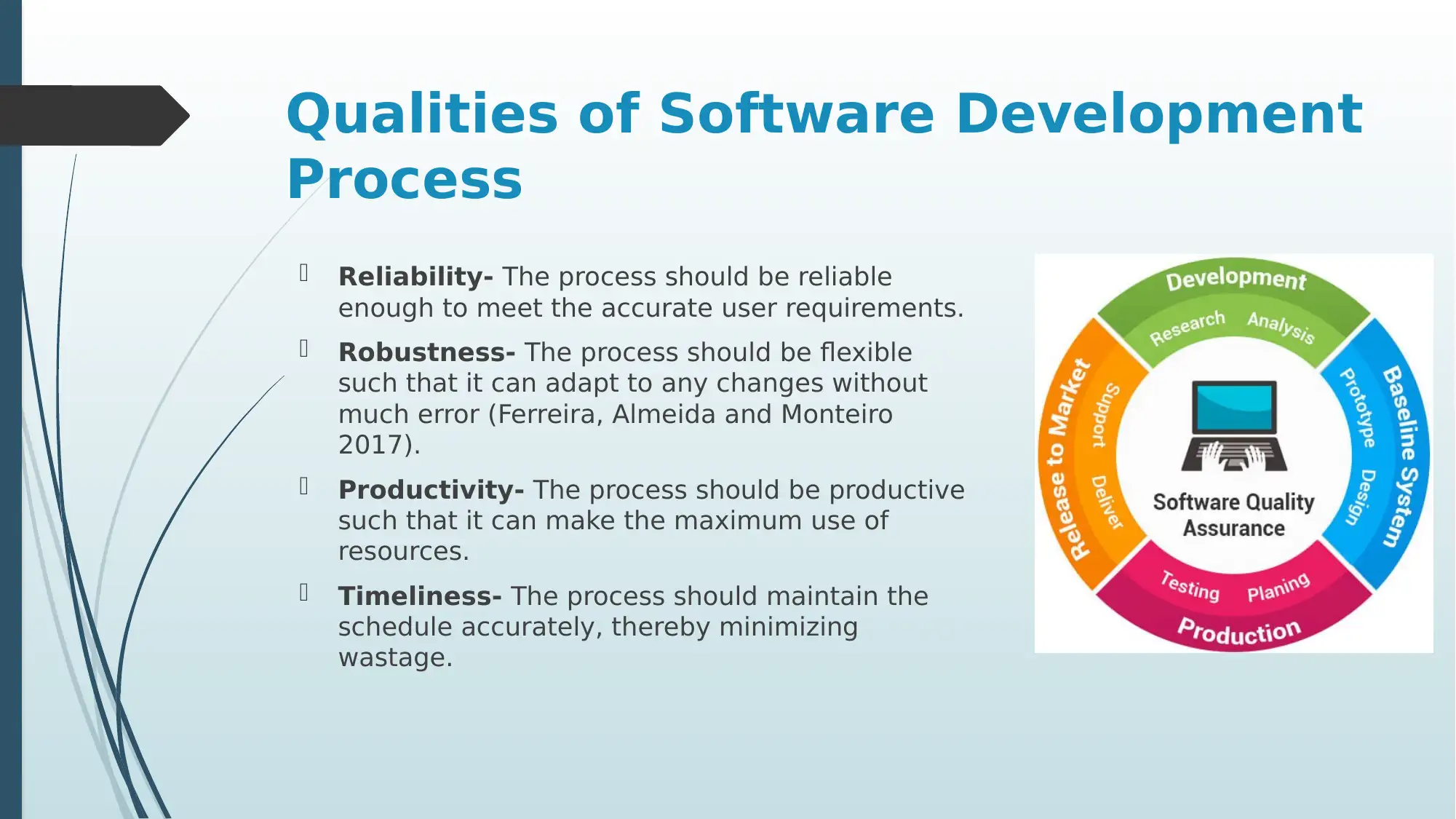
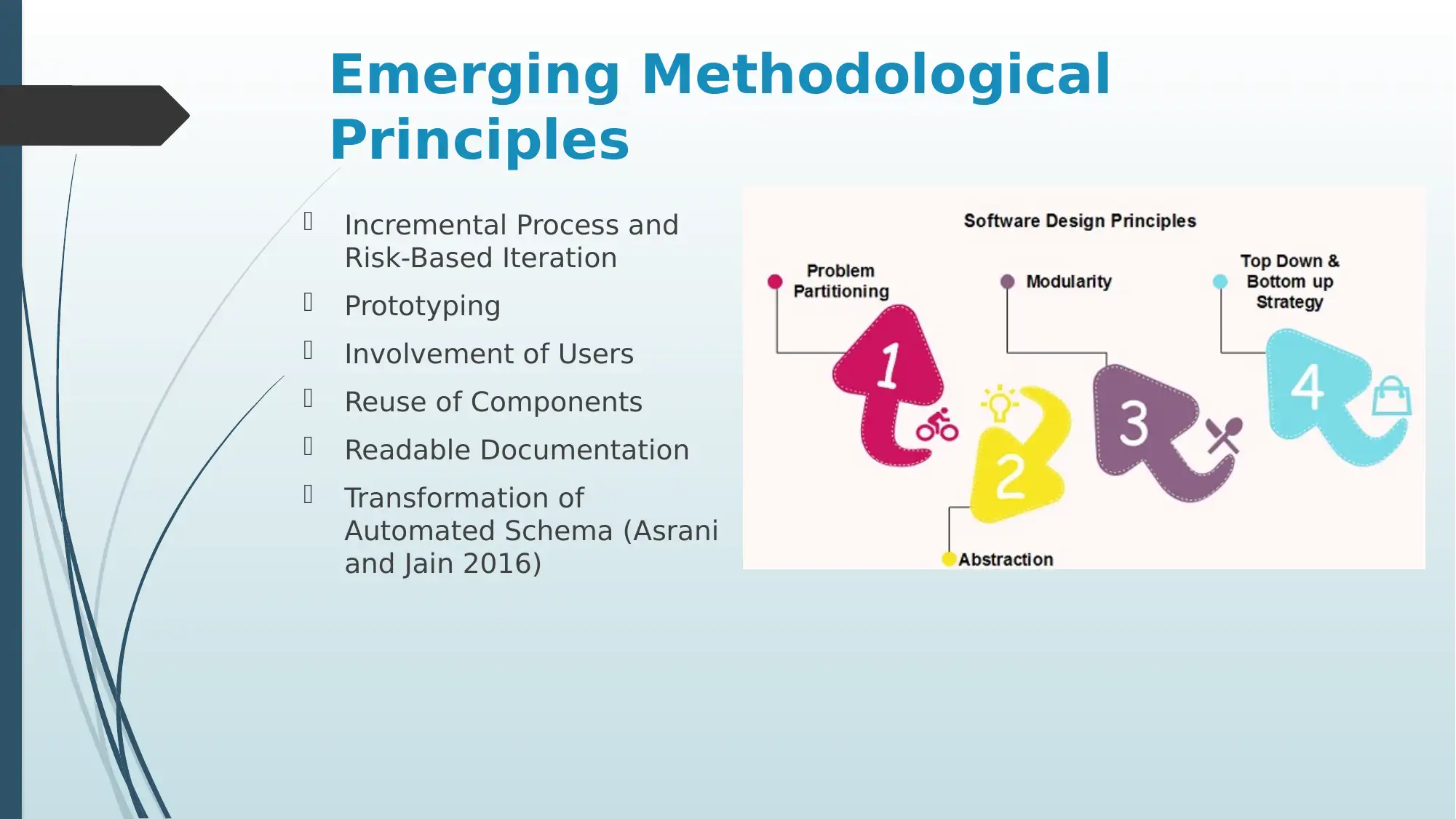
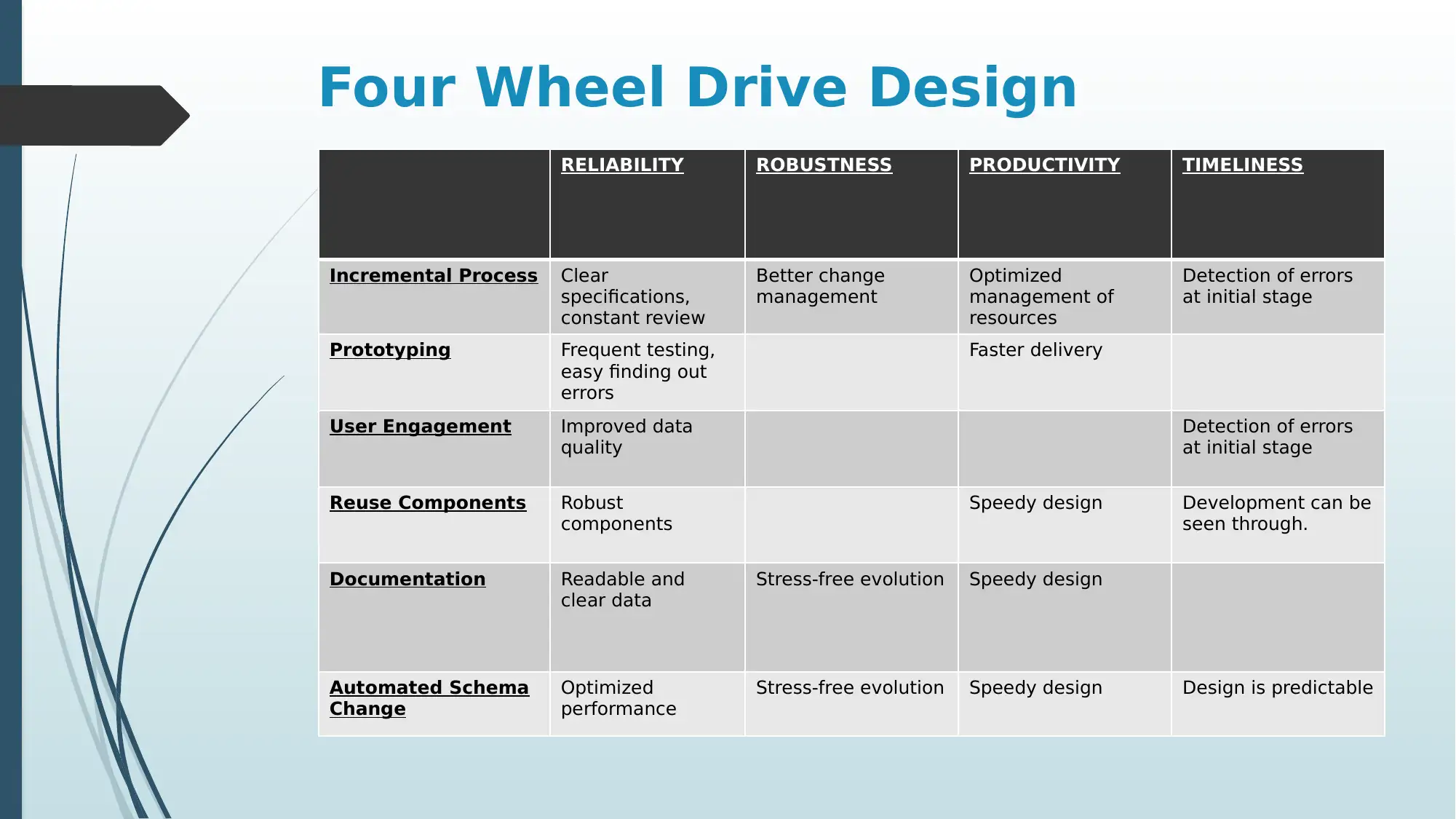
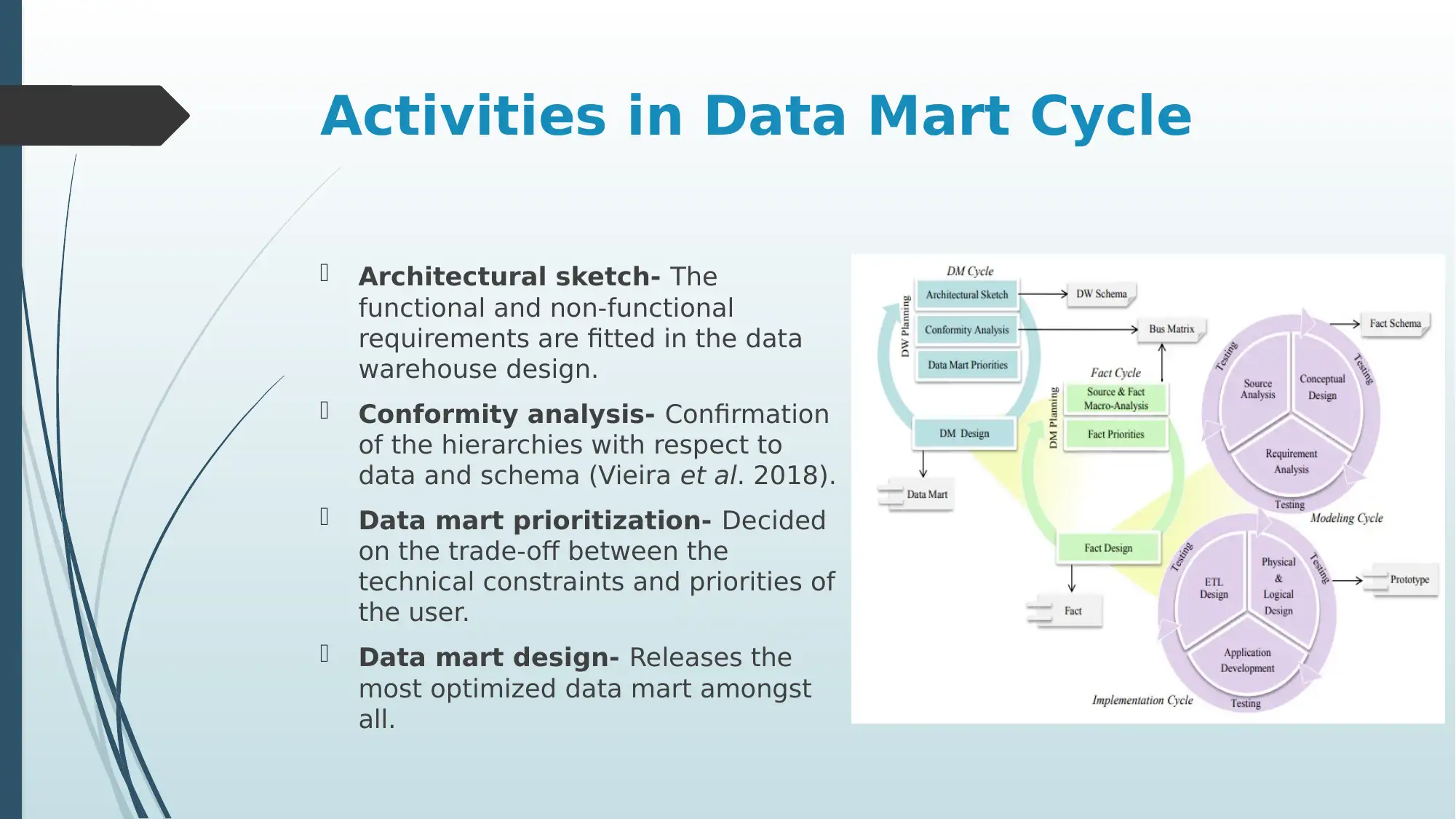
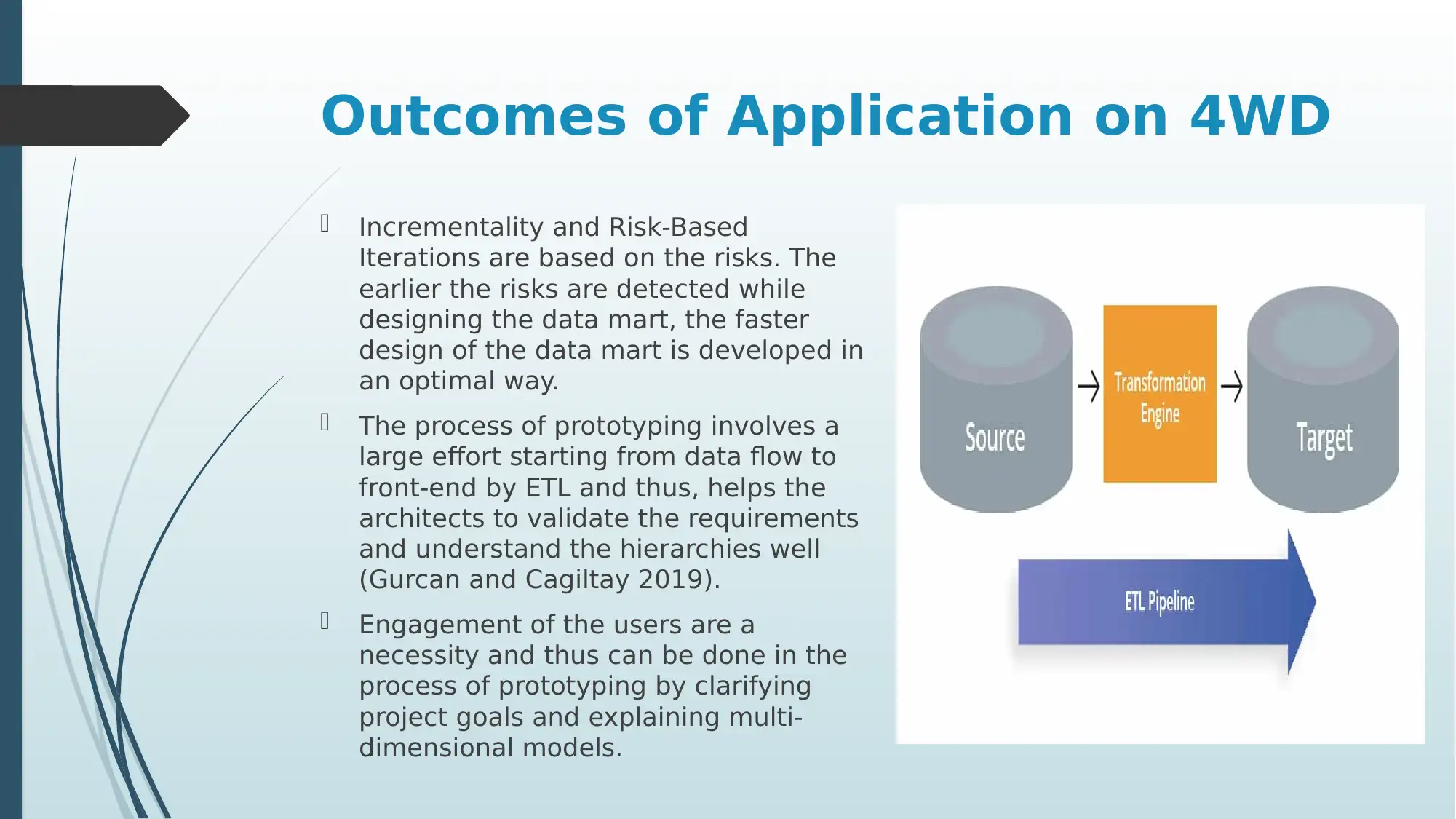






![[object Object]](/_next/static/media/star-bottom.7253800d.svg)